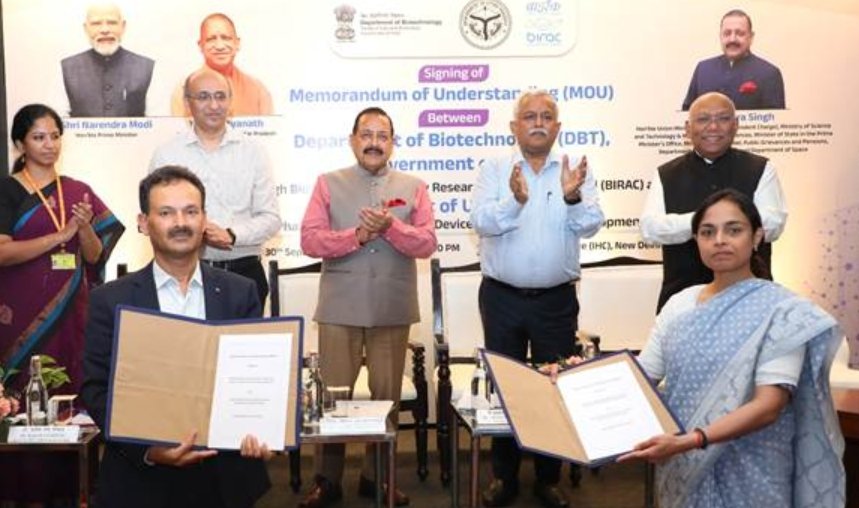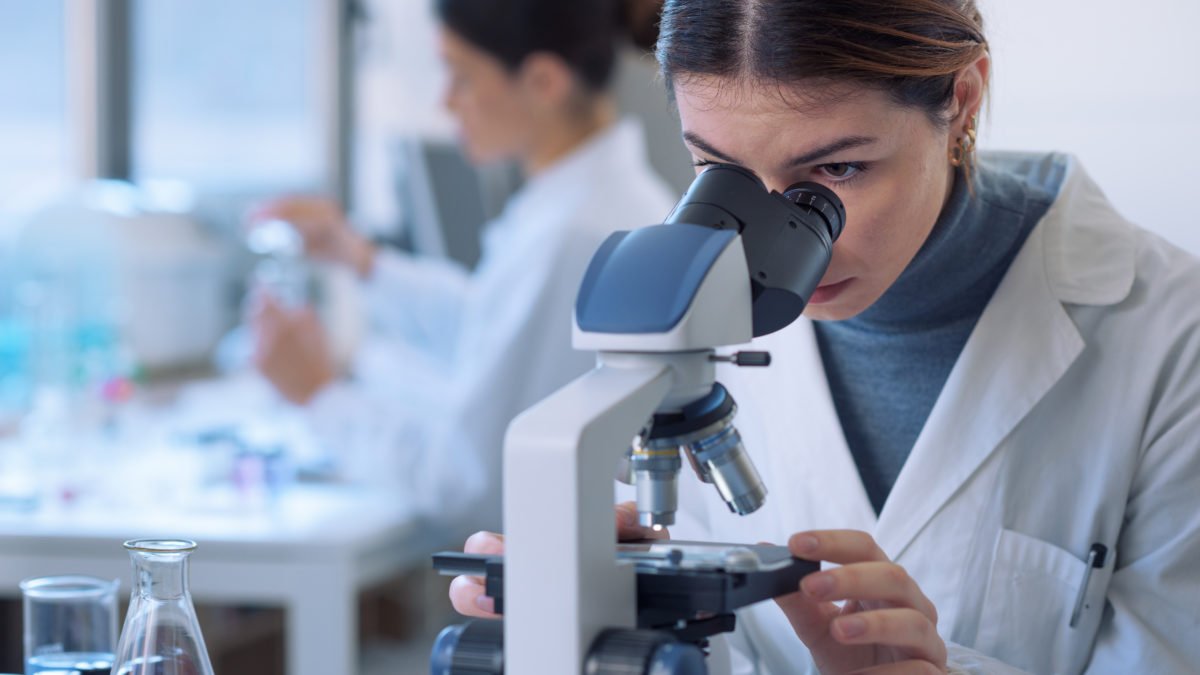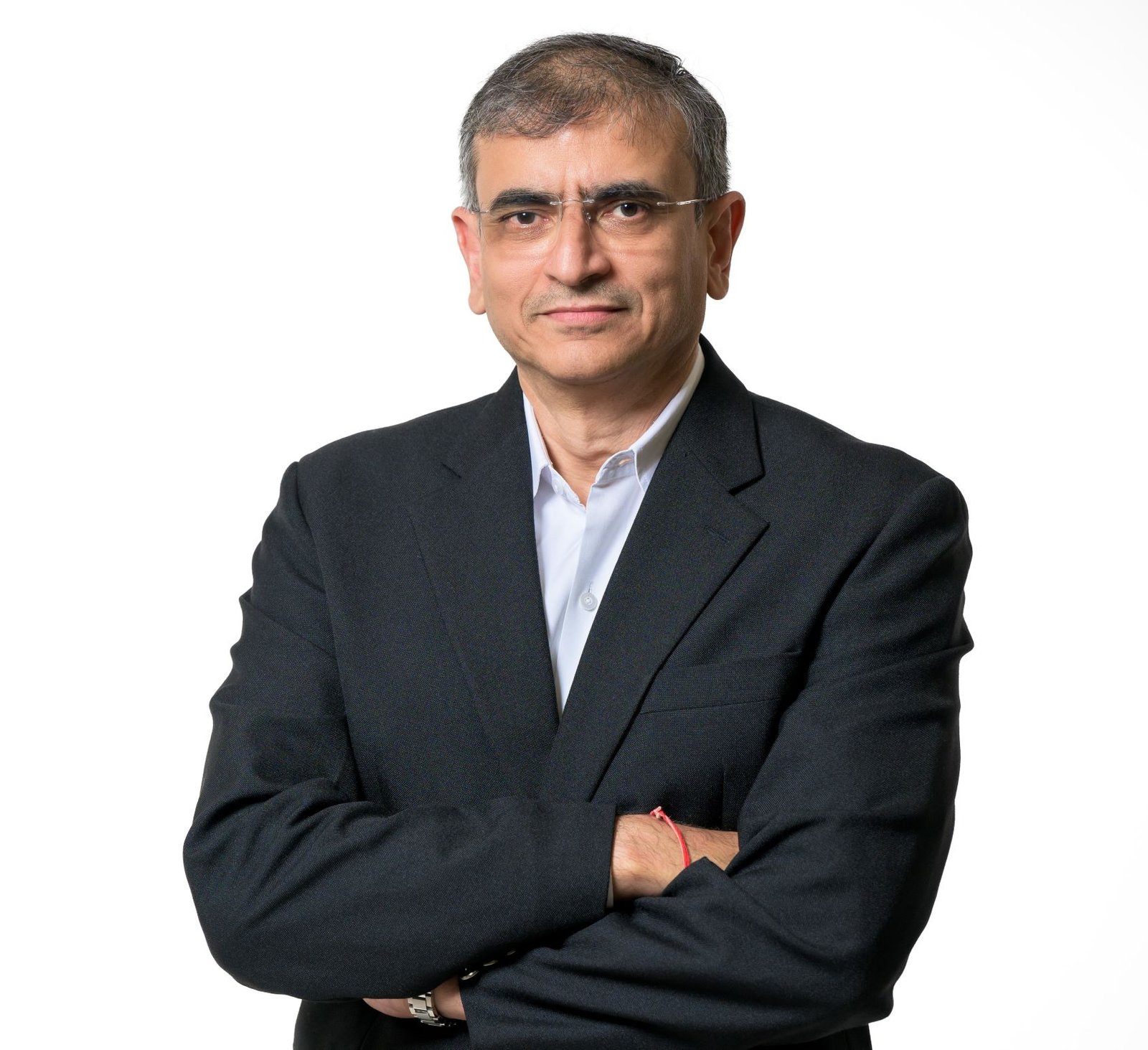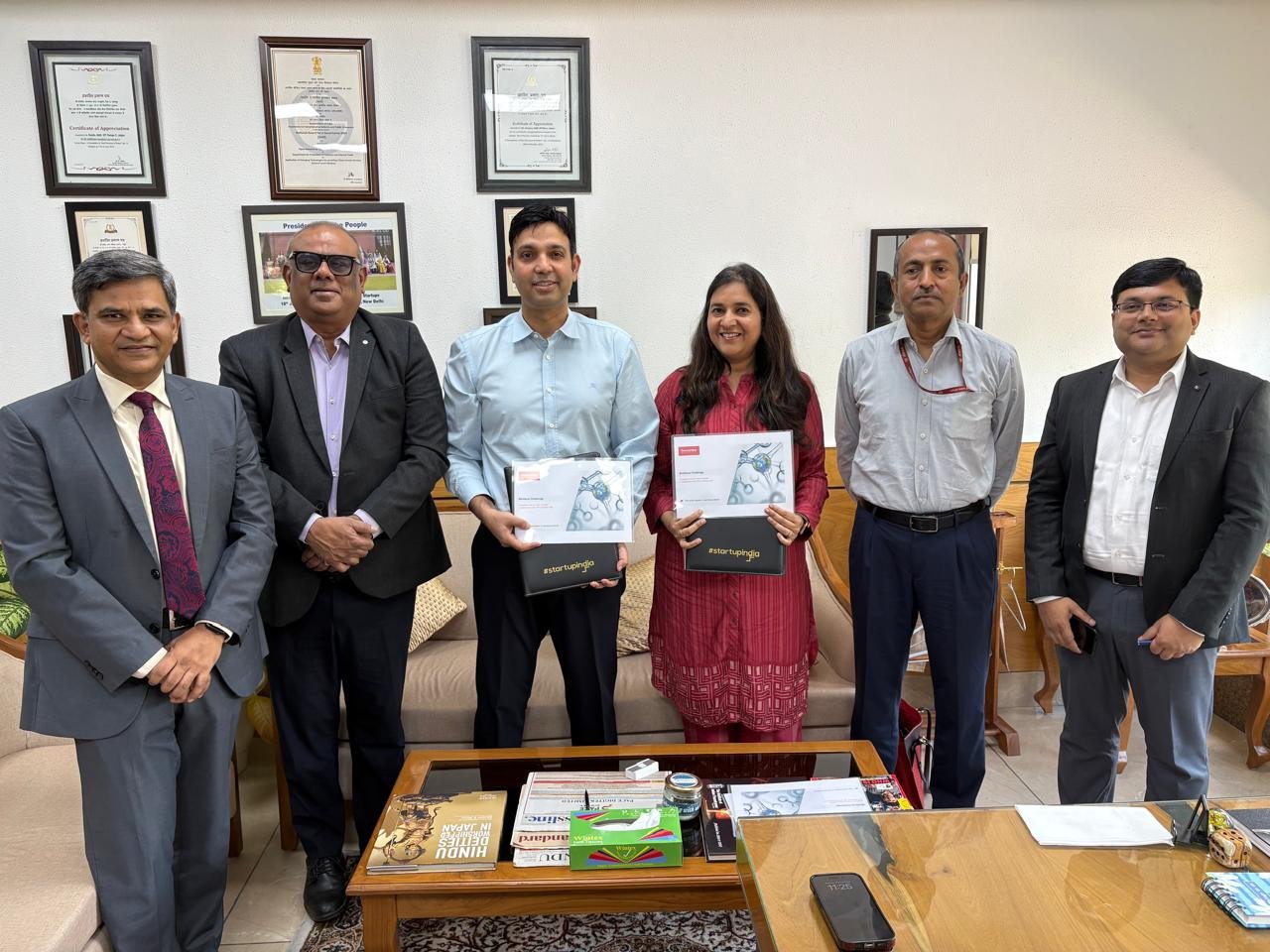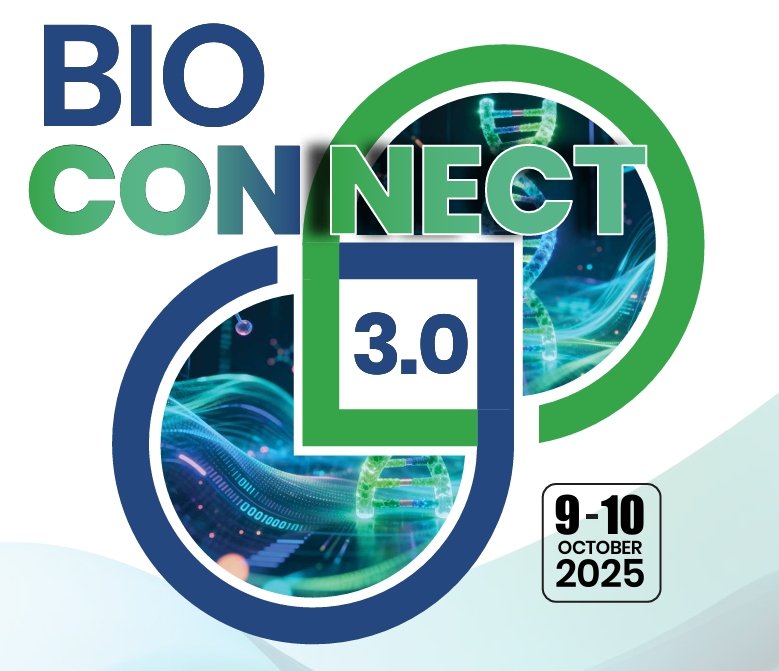"India offers favorable conditions for clinical research"
November 04, 2010 | Thursday | News
—Simon Britton, VP, Clinical
Development, Asia Pacific, PPD.
Significant work migration from India
to China is expected in the coming days

In India, PPD has offices at Bangalore, Mumbai and New
Delhi. Recently, Simon Britton, Vice President (Clinical
Development-Asia Pacific), PPD, on a visit to India and China, in an
exclusive interaction with BioSpectrum, spoke about the services PPD
provides in India, Indo-China market comparisons, and the growth of the
industry.
Q What services does
PPD provide in India and how is it unique?
PPD mainly offers monitoring and project management services in India.
We are interested in making India a major part of our operations, but
we primarily intend to provide global services. We operate in multiple
countries; and have a significant presence in Asia, Eastern Europe and
North America.
In therapeutics, we focus on many areas and the major segment is
oncology. The PPD staff number 11,000. Given the conducive environment
and the predictable regulation, there is a lot in terms of service that
PPD can provide. Although we are yet to start lab services in India,
our clinical research associates (CRAs) are well trained and capable of
high quality of work.
Q Have there been any issues with
availability of volunteers?
The infrastructure, manpower, clinical trial accessibility in India are
conducive for our business. India has a sizeable population of 1.2
billion. There are really no manpower issues.
Q How do you compare markets in India and
China?
At the moment, there is a significant difference between markets in
India and China. India has better quality and English-speaking skills.
There is a clear maturity of research and manpower skills. The
regulatory environment is predictably good; and the Drug Controller
General of India (DCGI) has made considerable efforts to improve it.
India is much more in line with countries like the UK and US. India has
a significantly better regulatory aspect; and offers a competitive edge
over many other countries. India is seen as a quality-provider; and
Indian operations are a gateway to the rest of the world.
In comparison, China is trying to improve standards on many fronts. One
of the problem areas in China has been the time (period) taken for
trials. The phase III and IV take a lot of time (close to 15 months).
However, China is striving to decrease the time duration; and this can
lead to migration of significant work from India to China, in coming
days. Besides that, China and Taiwan are investing heavily in the
overall biotechnology market.
Q What challenges do you face in India?
There has been a lot of skepticism about working in India. Despite
that, things have started to change now. Personally, I am a huge
advocate of India, and the huge market potential it offers. However,
there are concerns about Intellectual property (IP) with regard to
India. Also, I think due to lack of individual medical records, there
have been certain reservations about conducting trials on Indian
population. The challenges are there, but PPD as a company, is always
ready to advise and provide help in this direction.
India has become more predictable in the past couple of years. Clinical
trials must see improvement by reducing time, and making it more
predictable. PPD conducted audit along with the DCGI; and the audits
should be a continuous process. India needs to be more clear on the
biosimilar front. Currently, a sizeable number of trials are ongoing,
and a 60 percent increase is projected for the future. No doubt, DCGI
has played a great role in streamlining things in India. Now, it can
add many more resources to make things more predictable and better. We
are looking forward to sooner availability of physicians and the
permission to conduct trials.
Q What kind of growth has the Indian
market witnessed so far?
India has seen a lot of growth, although a slowdown in the clinical
research market is witnessed in recent times. All this happened at a
time when politicians were pushing biomarkers for individual patients.
The last two years have provided a good base.
The recent BioIndia at Hyderabad saw deliberations on IP management,
protection and increase in the degree of confidence. If India grows at
the same rate, we can expect a similar growth in the clinical research
market. With regard to PPD, we are looking for a slow but substantial
growth, if not doubling our revenues in coming times.
Q What are your views on India's talent
pool availability? Did you encounter any issues during recruitment?
There is a huge pool of talent available in India. It is easy for us to
find personnel with the right attitude, expression and integrity.
Clinical research is new to India, as it started moderately in the last
10 years. There are only a few people with experience, but now with
time, it is easier to find top talent.
So far, we have not witnessed any recruitment-related issues here at
PPD. Also a majority of our workforce is into project management and
clinical research associates (CRAs). We do not provide back office
support or downstream process here, as most of that happens outside
India, although we have some HR and finance sections here. At the same
time, we may look into expanding; and increasing our workforce in this
area too.
Q What is the status of the current
trials being conducted at PPD?
There are a significant number of studies that have been going on.
Among those, the number of oncology and cardiovascular studies is
larger. Currently, about 70-80 studies are going on. We have our sites
at strategic locations, and they provide us with an overall ability for
successful trials. For local clients, we also offer to conduct phase I
R&D of novel drugs.
Q Do you have any partnerships in India?
What are your future plans for the Indian market?
We are working closely with some site contractors. As of now, we do not
have any partners in India, but are not averse to mergers and
acquisitions (M&A) in the near future.
A unique point that lies with us is that we are a zero-liability
company, and we have a liquid balance of $6 billion. That gives us a
sense of freedom; that we can add supplementary services, and always be
ready to talk to anybody for broadening our horizons.
In 2011, we plan to build on what we already have. We would be looking
forward to adding more workforce and capacity, including, broadening
geographical region. Apart from cities, we plan to locate staff in
other sites. Another area of focus would be providing additional
facilities — the sites located in the North East will have permanent
trainingcourses for investigators and faculty members.
Rahul Koul in New Delhi


 In India, PPD has offices at Bangalore, Mumbai and New
Delhi. Recently, Simon Britton, Vice President (Clinical
Development-Asia Pacific), PPD, on a visit to India and China, in an
exclusive interaction with BioSpectrum, spoke about the services PPD
provides in India, Indo-China market comparisons, and the growth of the
industry.
In India, PPD has offices at Bangalore, Mumbai and New
Delhi. Recently, Simon Britton, Vice President (Clinical
Development-Asia Pacific), PPD, on a visit to India and China, in an
exclusive interaction with BioSpectrum, spoke about the services PPD
provides in India, Indo-China market comparisons, and the growth of the
industry.